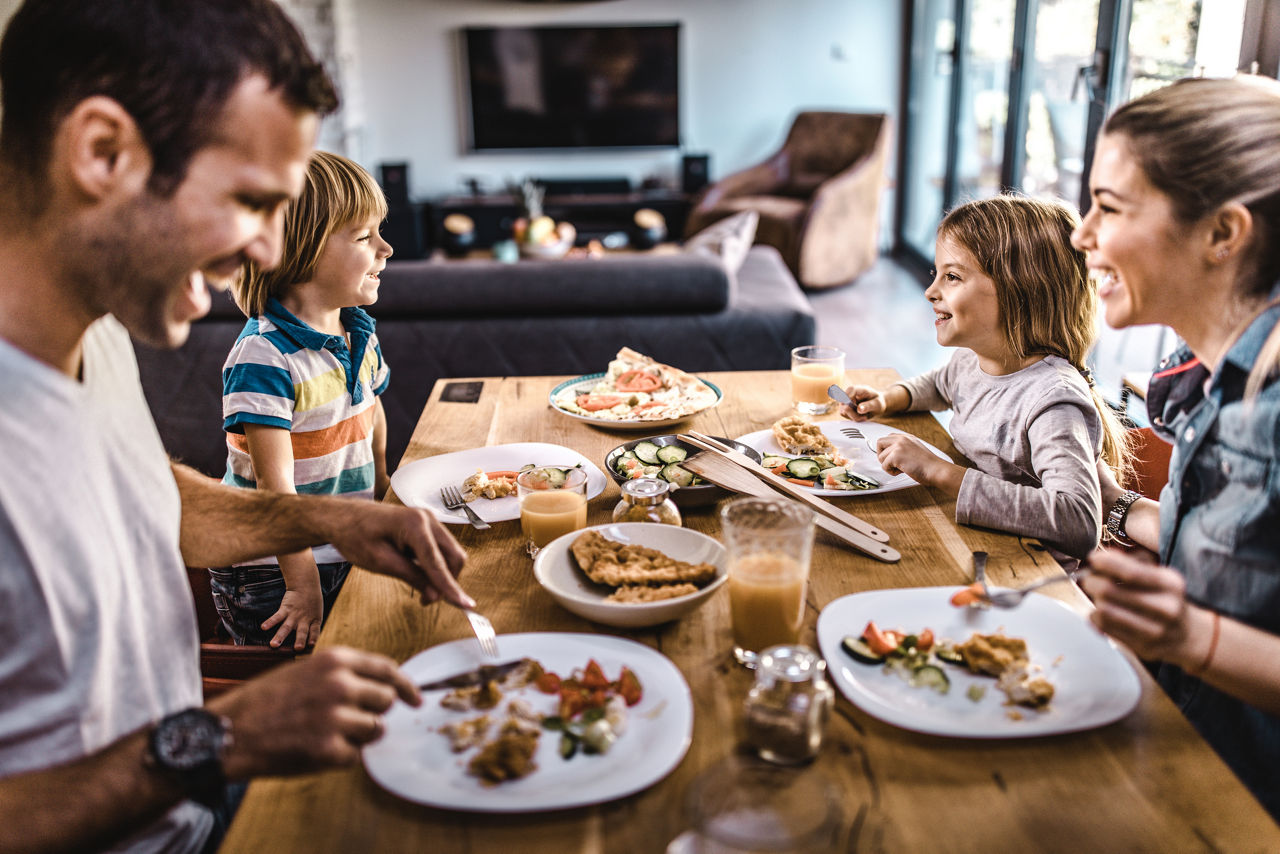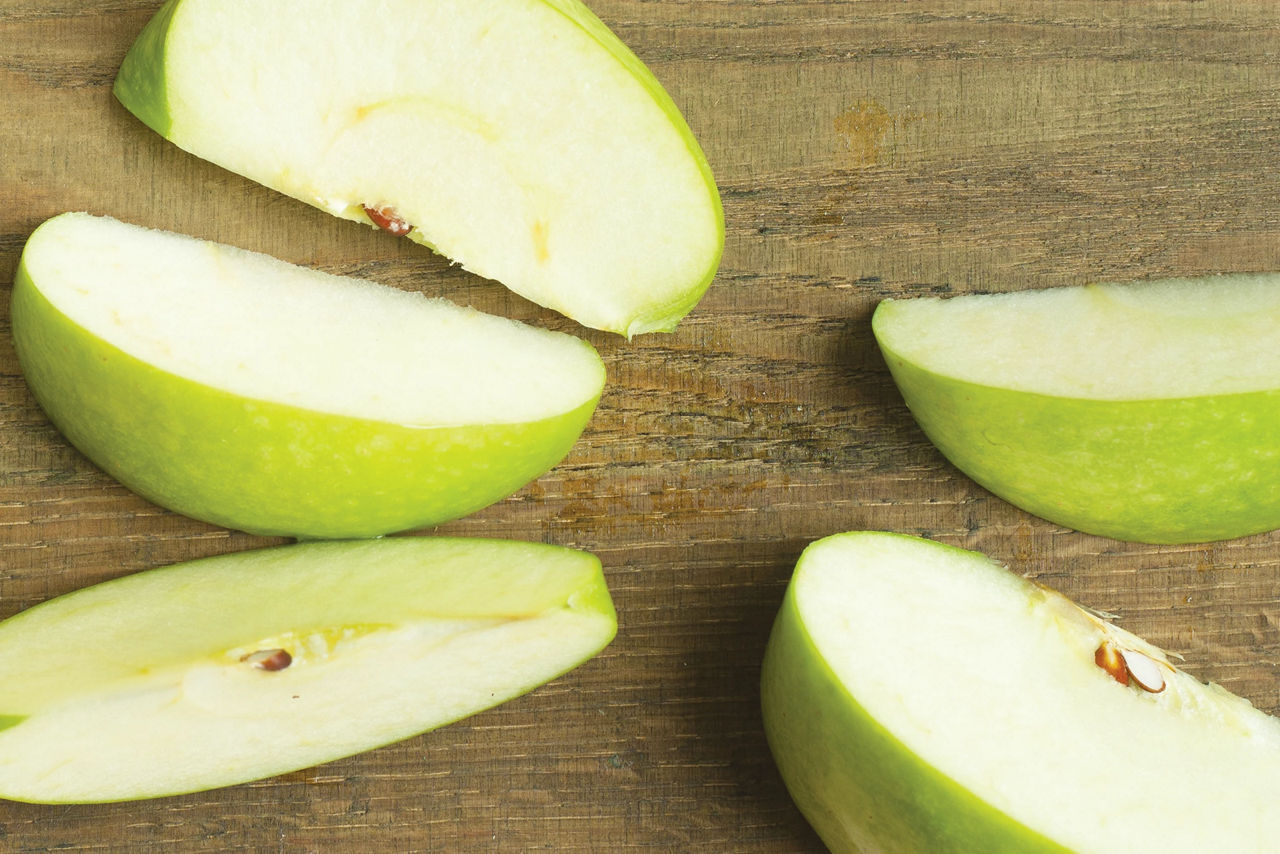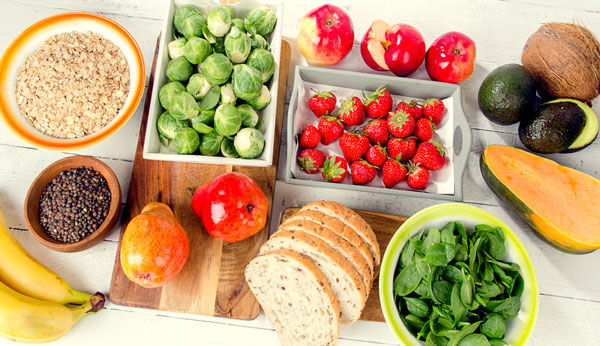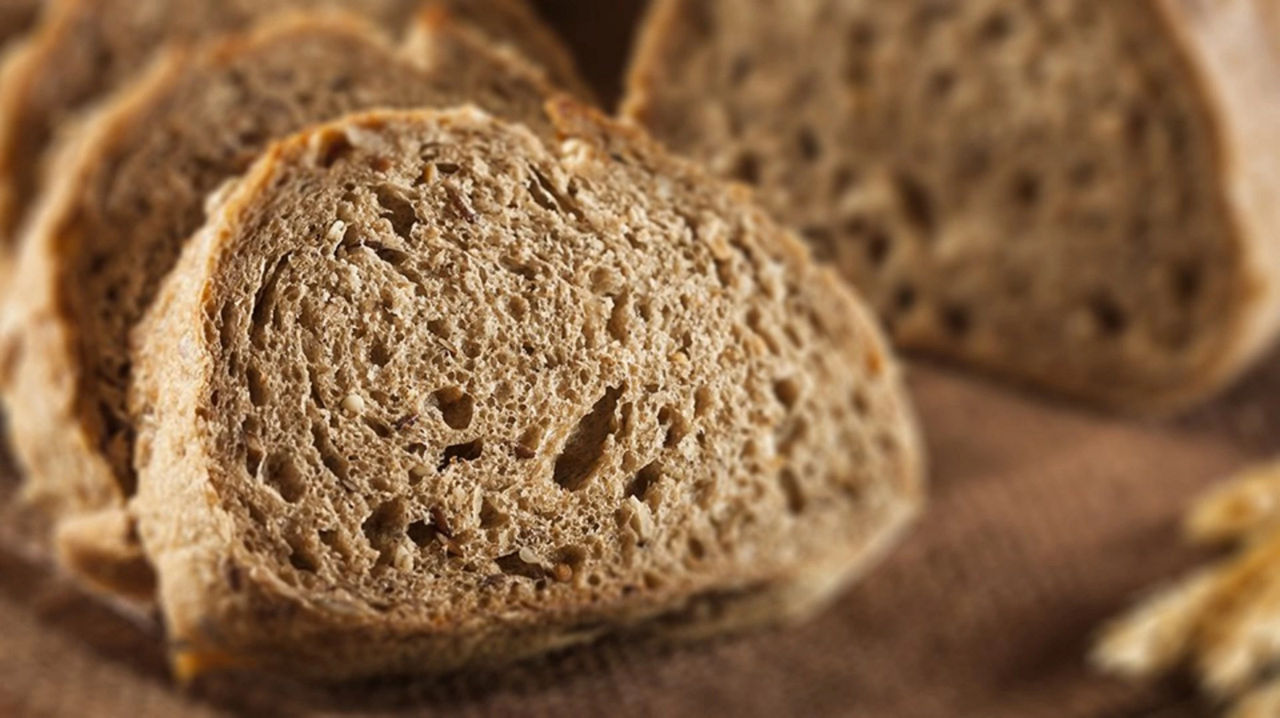Family affair
Make healthy eating part of the family
Toddlers love to assert their independence – it’s an important part of their development – but it can make for challenging mealtimes now and again. Finding ways to make family meals more fun can keep your toddler interested and help them to look forward to their food. Learn some creative ways to encourage a healthy relationship with food, and discover how to get them involved by using some of their newfound skills.






